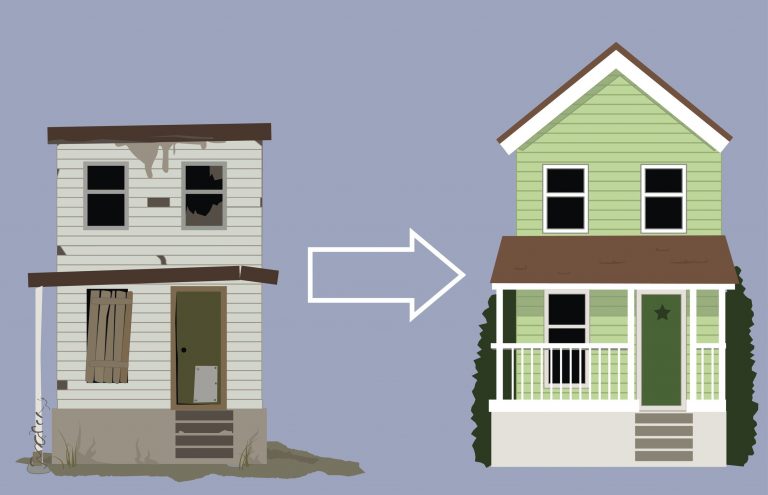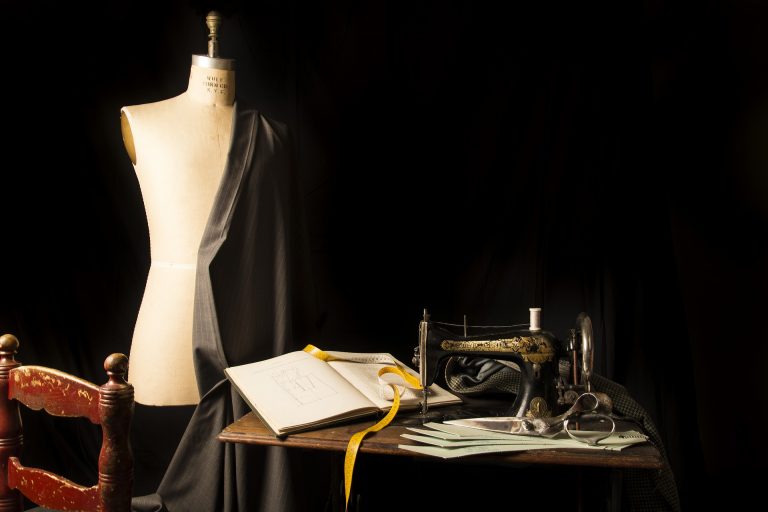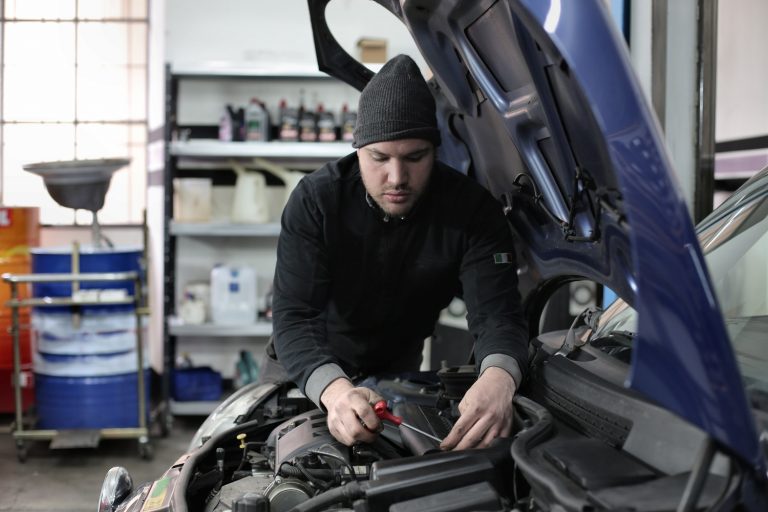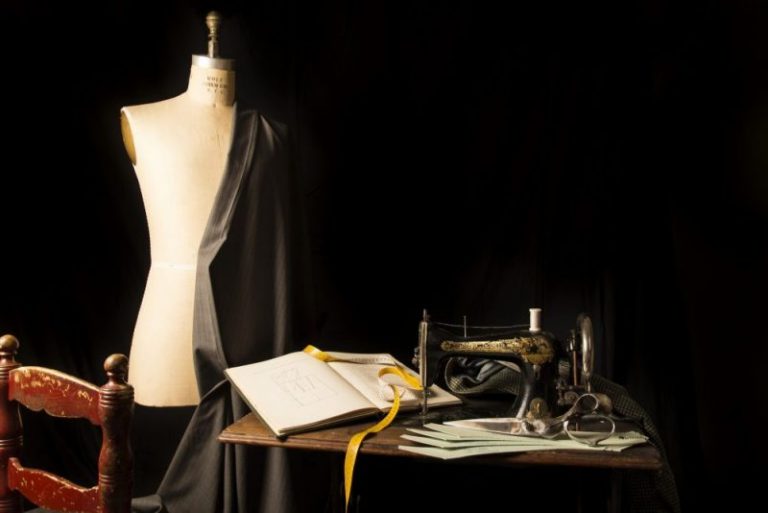An individual who creates, designs, and fixes shoes is known as a shoemaker. The original term for a shoemaker was cordwainer. Historically, each shoe is created by hand, one at a time.
However, the shoe manufacturing industry has somewhat replaced this, making shoes at a much higher rate than sole shoemakers would. Nevertheless, there are still shoemakers producing quality work. Although they produce priceless craftsmanship, they are becoming rare.
Shoemakers make leather and other fabric shoes. Such craftsmen use their hands and equipment to create practical and trendy footwear, ranging from men’s dress shoes to hiking boots. They may be involved in shoe design or simply be responsible for creating the shoes designed by others. Often, shoemakers can repair broken shoes, and some work on other items, such as luggage or saddles, made from common shoe materials such as leather.

Training To Become A Shoemaker
Many colleges and schools of commerce have shoe repair and/or design programs through their fashion design department. Looking for a school that provides courses in cobbling or craftsmanship that can teach all the necessary skills is best. Being an apprentice to an accomplished shoemaker would, of course, give you on-the-job training; that kind of training is priceless.
A specialized degree is not required to work as a shoemaker. You can, however, enroll in courses for leather and shoe repair. This course prepares students to apply their theoretical knowledge and practical abilities to repair all forms of shoes. This training includes removing and mending worn parts, repairing orthopedic boots, refinishing and dyeing leather, and repairing other leather goods such as handbags, belts, and luggage.
Skills Needed
The following skills are both necessary and helpful for a career in making shoes.
Craftsmanship And Creativity
You must be able to build and repair shoes by cutting patterns and sewing parts, both by hand and by machine. In the course of the work, you may use glues, paints, laces, and other materials. Shoemakers work with large parts of the boot, such as fastening soles with glue or nails and doing excellent finishing work, including shaping particular bottoms once they are attached.
Physical Skill And Strength
Shoemakers must have the physical abilities to perform the skills of the craft, and dexterity is the most important among them. They need to be able to use their fingers to manipulate small parts like eyelets and have more significant motor skills to operate equipment and assemble the shoes. Ultimately, to work long hours while maintaining quality standards, they also need stamina.
Business Skills
Shoemakers in the industry— as opposed to designers working for fashion houses or more prominent companies— need the skills to handle their shop’s business management. This includes the ability to set competitive market prices for footwear and repairs, as well as the budget for sales and employment income.
Average Salary
Career Explorer reports that the typical wage for a shoemaker in the United States is around $28,840 per year. However, your salary can vary wildly due to a number of differing factors. These factors may include your expertise, number of working hours, specializations, and clientele demographics.

Conclusion
If you want to learn more about shoemaking, taking a training course is the first thing you must do. If you would like to work on creating items and working with your hands, this could be a great career option for you. For more designing careers, click here.
Also read – How To Find Online Sales Associate Jobs












